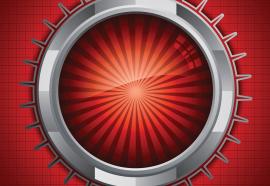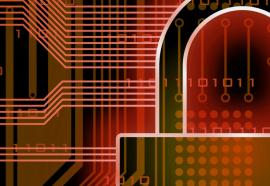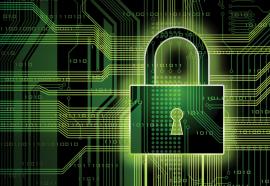NIST Launches Cybersecurity Framework
Submitted by aburr on Wed, 2013-02-27 15:59The National Institute of Standards and Technology (NIST) announced the first step in the development of a cybersecurity framework for critical infrastructure protection, a set of voluntary standards and best practices to guide industry in reducing cyber risks. Pres.










